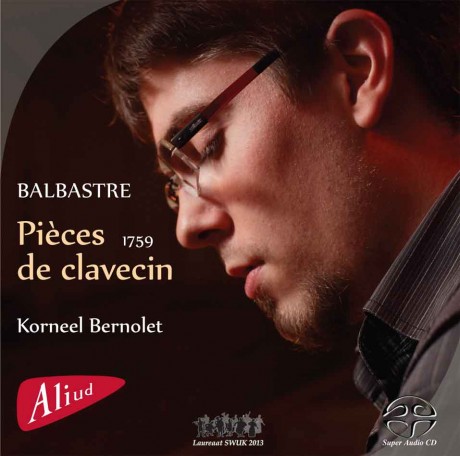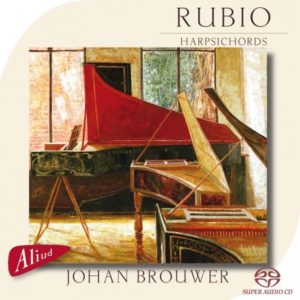Description
Claude-Bénigne Balbastre enjoyed a very distinguished reputation as a harpsichordist, fortepianist and organist in
eighteenth-century France. Born in Dijon in 1724, in his early years he most likely took music lessons from his good friend
Claude Rameau, brother of the more famous Jean-Philippe, with whom Balbastre was later to study composition.
Balbastre’s royal and aristocratic connections were to prove an embarrassment during the French Revolution. He managed to
save both his own skin and the organ of Notre-Dame by playing militant atheist songs and folk music in the renamed Temple
de la Raison, including his own arrangement of the Marseillaise. This was however in the end not enough to prevent him
losing his position and his pension. He died in penury in 1799.
Balbastre’s Pièces de Clavecin from 1759 are influenced on the one hand by his royal and aristocratic patrons, and on the
other by his contacts among the bourgeoisie, finding a stylistic balance between the two social classes. All the movements
are character pieces dedicated either to members of the nobility, or to artists or other highly-placed individuals from the
Parisian upper middle classes. The elevated style of French noblesse and grandeur are mirrored in the opening numbers.





